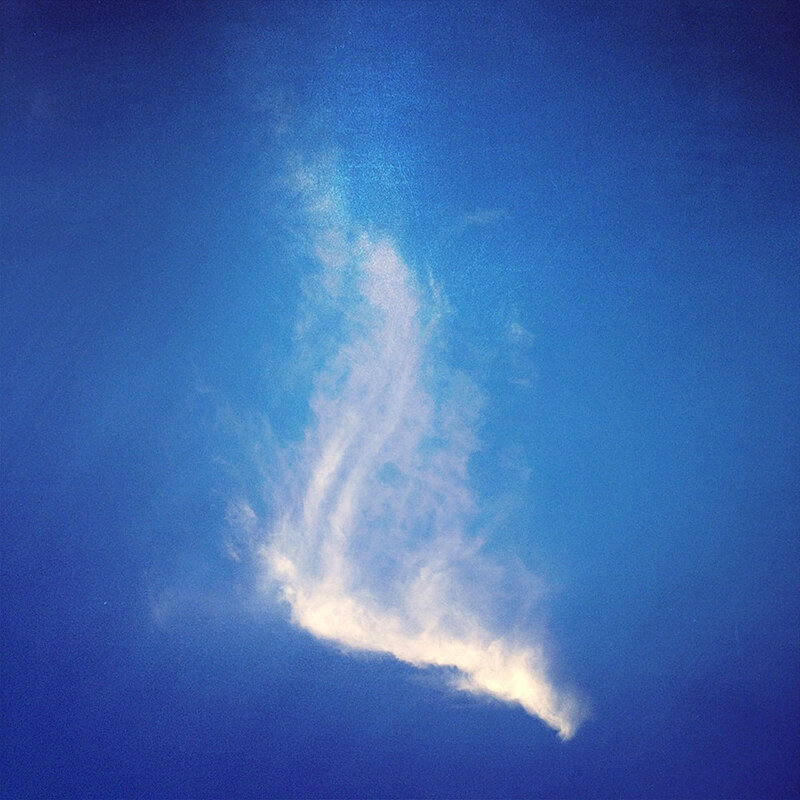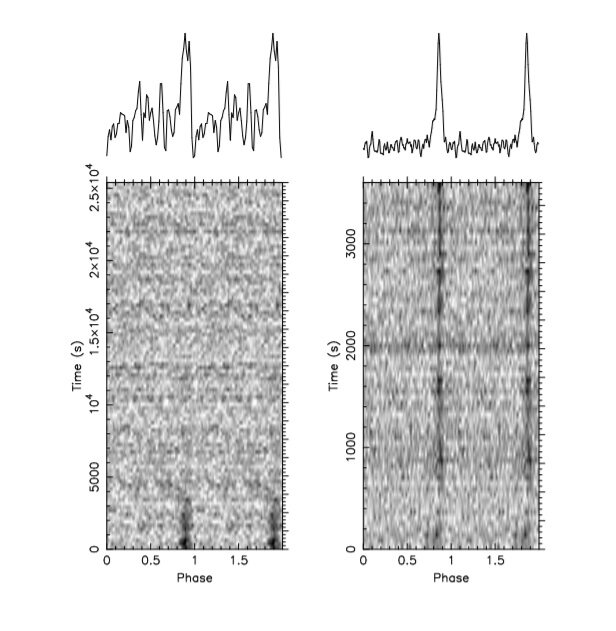#A better understanding of how cirrus clouds form

“#A better understanding of how cirrus clouds form”

New research provides insights into how cirrus clouds form, with implications for agriculture, urban development and climate-change predictions. The study shows that trees and plants play an important role that affects precipitation and global climate change.
An international team combined theory, field measurements and lab experiments to develop a better understanding of the formation of clouds.
Daniel Cziczo, professor and head of Purdue University’s Department of Earth, Atmospheric, and Planetary Sciences, said that, surprisingly, scientists didn’t previously have a full understanding of how cirrus clouds form.
“These clouds have an effect on climate and precipitation—things we humans care deeply about,” he said. “This paper tells us how particles in the atmosphere, whether from natural or human-made sources, can impact clouds in a way that we previously didn’t understand.”
Scientists knew that particles in the air from smoke and auto emissions would influence the creation of clouds, but this new research spotlights the importance of volatile emissions from plants and organic material, which the scientists call “secondary organic aerosols.”
“This data will help us better predict how activities such as deforestation or reforestation will affect the world’s climate, because these secondary organic aerosols are derived from plants,” Cziczo said. “If the levels of these organic aerosols change, we’ll now have a better understanding of what effects this will have and be able to use this information in global climate models.”
Cziczo and the other authors of the paper were able to take data supplied by other researchers on the project and use it to create cirrus-like ice clouds in his Purdue laboratory, and then analyze the results using a specialized spectrometry instrument.
The research was published in Nature Communications.
“Everybody’s heard of greenhouse gases and global warming, but I don’t think many understand that clouds are a big player in climate change, too,” Cziczo said. “The clouds also affect precipitation, which has an obviously large role in agriculture and human activities.
The cloud-formation mechanism described in the journal paper highlights the intricate interplay between human activities, the environment, and natural resources, such as rainfall.
“If our water resources change dramatically, that has huge consequences on our food production, land and resource utilization, things like that. So, we’re really trying to understand both the water cycle and climate from the perspective of the atmosphere.”
The science of clouds extends beyond what we see in the sky above us, Cziczo said, and the same chemistry and physics are at work in clouds on other planets.
“It does snow on Mars, and Mars has clouds. We’ve used some of our laboratory equipment that we use to understand clouds on Earth and adapted them to Martian conditions or conditions on Saturn’s moon Titan using data from probes.”
Thin tropical clouds cool the climate
Martin J. Wolf et al. A biogenic secondary organic aerosol source of cirrus ice nucleating particles, Nature Communications (2020). DOI: 10.1038/s41467-020-18424-6
Citation:
A better understanding of how cirrus clouds form (2020, October 2)
retrieved 2 October 2020
from https://phys.org/news/2020-10-cirrus-clouds.html
This document is subject to copyright. Apart from any fair dealing for the purpose of private study or research, no
part may be reproduced without the written permission. The content is provided for information purposes only.
For forums sites go to Forum.BuradaBiliyorum.Com
If you want to read more Like this articles, you can visit our Science category.



